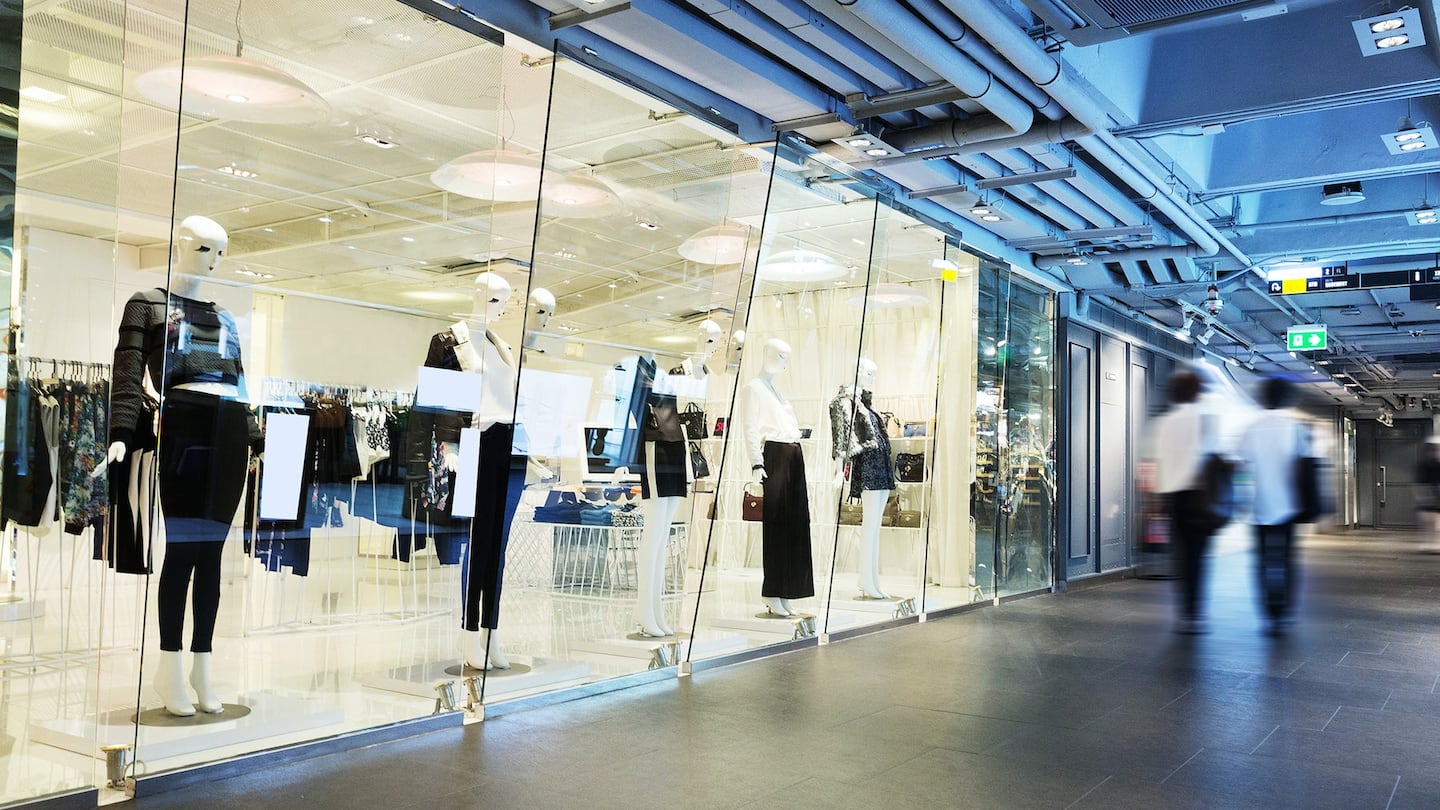
The Business of Fashion
Agenda-setting intelligence, analysis and advice for the global fashion community.

Agenda-setting intelligence, analysis and advice for the global fashion community.

NEW YORK, United States — Fashion is a $1.2 trillion business. But, knowing the scale of environmental perils we face on this planet, our industry must change its old, destructive patterns. I can't help but think of the legendary Sierra Club executive director David Brower's famous words: "There is no business to be done on a dead planet."
In 2007, I helped create a New York Fashion Week show in conjunction with an environmental organisation called Earth Pledge. I asked major designers to create one runway look that was "eco-friendly" or "organic." It was an impactful show. Alex de Betak did the production, Michel Gaubert did the music, Dick Page was on make-up, and Brana Wolf styled it. I thought this could be the beginning of a more sustainable fashion world. I thought designers would see that using environmentally-friendly materials did not mean compromising their creativity. But I now realise that in most fashion circles, my passion for a new kind of fashion was considered "sustain-a-babble."
If people take this on — the business of sustainable fashion — and get beyond ‘sustain-a-babble,’ we have the possibility of re-imagining a world where decisions are made with regard to the true costs of environmental resources, we have the possibility of re-imagining a world where, according to artist, designer, filmmaker and conservationist Susan Rockefeller, “There would be innovation and creativity beyond our wildest dreams.”
Eight years later, on the first day of Spring in New York, I am contemplating: who is waving the flag for conscious fashion today? For the most part, it's the original cast of characters from Patagonia and Eileen Fisher to Stella McCartney and Nike, which invests significant sums in tracking and improving its environmental impact. Why are more brands not championing sustainability today, given what we now know about the terrible environmental impact of the fashion industry?
ADVERTISEMENT
Recently I spoke with Shelly Gottschamer, director of supply chain and sustainability for champion surfer Kelly Slater’s new lifestyle brand, Outerknown. “Sustainability starts with transparency,” she said. “But transparency is not prevalent in the industry and it involves a lot of effort and a desire to know. Understanding where your materials and products come from is the first step in knowing your impact and working to improve.”
Her view is succinct and simple. And it is one of the great keys to how the fashion industry can become more sustainable. Industry leaders need to have the courage to be more transparent, despite the flaws with their approaches. They must begin to change where and how their product is produced. They must learn, as our world becomes more transparent, that consumers will not buy product from those that are not striving for greater sustainability. In essence, it’s good marketing. For Esquel Brands and Distribution, one of the largest ethical and sustainable producers of men’s dress shirts, the company’s sustainable business practices are a big part of what makes its shirts valuable and attractive to consumers.
Dee Poon, the company’s chief brand officer, is set to launch a men’s dress shirt business called PYE in the United States. “I just do not know how I could be comfortable with creating products that are harmful or of a negative impact to someone, somewhere. I just do not — whether that negative impact is making a garment that will make a wearer look bad, or whether it is one that leads to degradation of the environment or to someone’s health and way of life.”
Dusting off my copy of Al Gore’s landmark book, An Inconvenient Truth, I revisit a quote from American writer Upton Sinclair, who, in 1935, said: “It is difficult to get a man to understand something when his salary depends on his not understanding it.” This is the reason why things haven’t changed more quickly.
It is important to remember, however, that nothing truly remarkable in the fashion industry stems from financial motives, but from creative energy and imagination. And transparency in manufacturing, as well as awareness of one’s environmental impact, are much more desirable to shoppers than the opposite.
But the real leverage lies with consumers.
We have the opportunity to take action. We must strive to buy higher quality products, recycle what is not needed and purchase only the essentials. At the end of the day, we cannot wait for the fashion industry to change. Through the purchasing decisions we make, consumers must take action.
Julie Gilhart is a fashion consultant.
ADVERTISEMENT
The views expressed in Op-Ed pieces are those of the author and do not necessarily reflect the views of The Business of Fashion.
Join the discussion on BoF Voices, a new platform where the global fashion community can come together to express and exchange ideas and opinions on the most important topics facing fashion today.
Often left out of the picture in a youth-obsessed industry, selling to Gen-X and Baby Boomer shoppers is more important than ever as their economic power grows.
This month, BoF Careers provides essential sector insights to help PR & communications professionals decode fashion’s creative landscape.
The brand’s scaled-back Revolve Festival points to a new direction in its signature influencer marketing approach.
Brands selling synthetic stones should make their provenance clear in marketing, according to the UK’s Advertising Standards Authority.